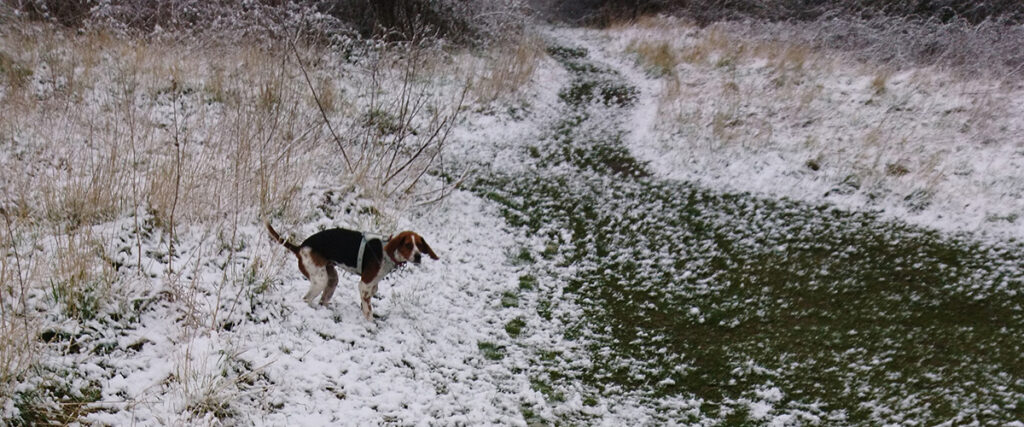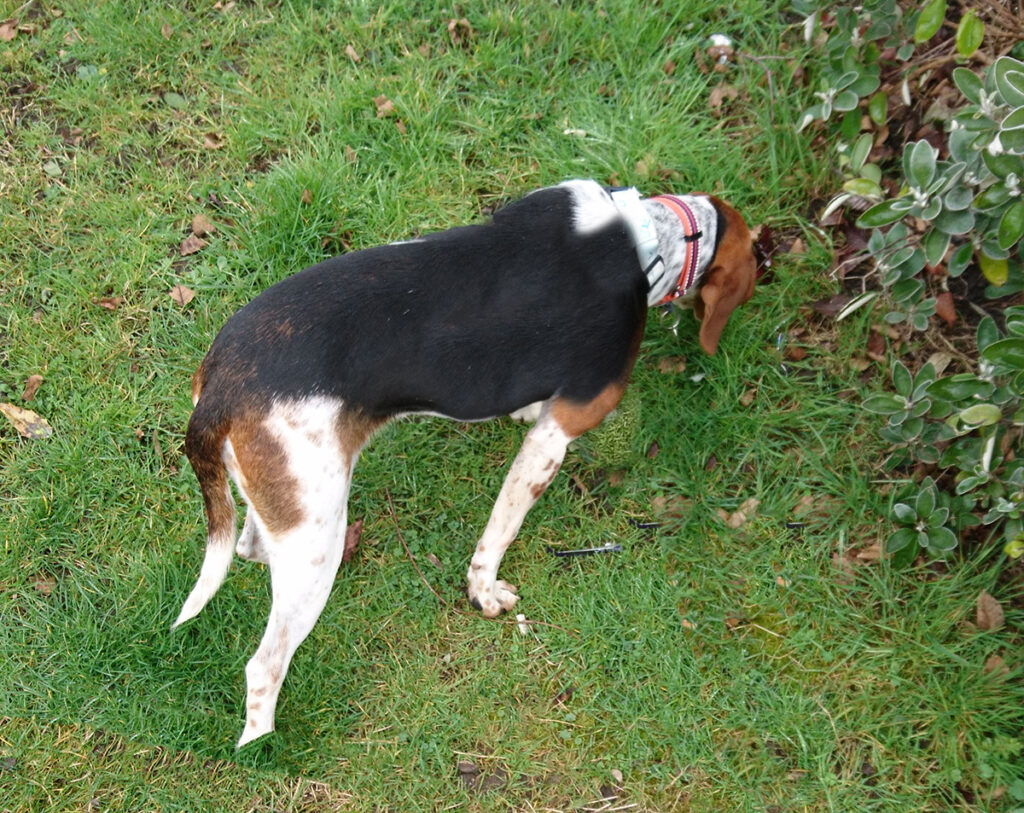Both James and I have had and have been around dogs for as long as we can remember and have both picked up a “few” things along the way when caring for and walking them. We thought we would share these tips with you as it is useful to know, especially with the large surge in dog adoptions over the past few months
1. Plan your walk
Plan your walk/route/destination beforehand. Consider the dog’s age, health, fitness, and preferences (e.g. does Billy the Beagle like to play with other dogs, or would he prefer a walk through the woods where he can sniff everything). If a dog is older with poor fitness, a walk over a steep terrain would not be beneficial and might even be harmful to their health.

2. Take water
Ensure you always take water with you when you walk a dog (i.e. a water bottle and bowl). Ensure they also have access to shade if it is warm out.
3. Stay alert
Be aware of your surroundings – stay alert to any potential dangers/distractions as this can cause dogs to jump around unexpectedly. This has happened to James once where the lead got caught behind his legs and he got flipped over!
4. Take treats
It is also a good idea to take treats they like and a toy/ ball if they like to play whilst on a walk. The treats will help with recall, especially when you first get a dog and need to train them.

5. Take waste bags
Kind of an obvious one but, ensure you bring poo bags and pick up after the dogs in your care. Also, always take more than you think you need because you never know how many times they will go. We always take a full roll!
6. Check the weather
Ahead of time, check the weather – will it be raining? What will the temperature be?
If it is cold and there is ice/ snow on the ground, consider your dog’s paws, especially if they are particularly sensitive. Grit put down to melt snow can also be harmful to dogs and can cut or even burn dogs’ paws with prolonged contact.
If the temperature and/or the humidity will be high, walk the dog/s either earlier in the morning or late at night when the temperature is cooler to ensure they do not suffer from heatstroke.

7. Test the ground temperature
Test the ground (especially if walking on pavement, sand, or asphalt) by putting the back of your hand against it for 7 seconds, if it’s too hot for your hand then it will be too hot for the dog’s paws.
You may also need to apply a dog-safe sunscreen to the exposed parts of their skin – dogs can get sunburnt too!
8. Learn dog heatstroke symptoms
Know the symptoms of heatstroke – excessive panting, drooling, vomiting/diarrhoea, collapsing, etc. Some dogs are more prone to it than others (e.g. those with a thick coat, certain types of breeds, older dogs). If the dog starts showing these signs, call the vets immediately.
It may be useful to be aware of emergency first aid for dogs with heat stroke – if the symptoms are milder, the vets may recommend you initiating this and then taking the dog to the vets for a check-up after.
9. Let your dog sniff around
Dog’s love mental stimulation and sniffing everything does just that! If your dog is sniffing more than usual on their normal route you should let them. This is because they have picked up a new scent and pulling them away can cause anxiety

Well, those are our top tips to help you with your dog walking journey. I hope these have been useful to you!
FAQs
When is it too hot to walk a dog?
You can usually understand when it is too hot to walk your dog by following the Dog’s Trust’s seven second pavement rule. If you cannot hold your hand there for more than seven seconds, it is too hot.
How cold is too cold to walk your dog?
The weather being too cold will depend on the breed of dog you have (e.g. short fur, husky, long fur, etc.). Temperatures below 5°C or 40°F are typically seen as too cold, though.
Sharne is an HR and Office Administrator with a degree in Classical & Archaeological studies. She has a passion for dogs and loves to share money management tricks in her spare time!




